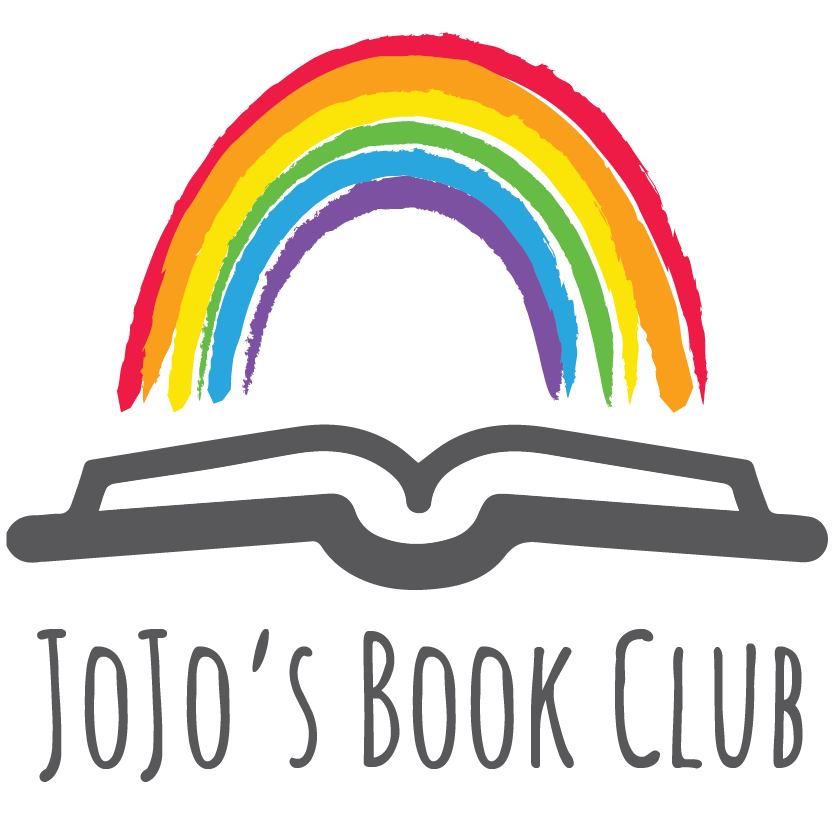Black is a Rainbow Color
“Black is a color. Black is a culture.”
“Black is A Rainbow Color” written by Angela Joy and illustrated by Ekua Holmes is a story that helps young children think about the color black and some of the things that represent Black culture. It is a list of all things beautiful and black both in our world and in Black people. Using poetry and simple, intentional language, this story is a great way to bring to young readers the concept of what it means to be Black.
The color Black evokes an emotional response that is highly dependent on the culture in which you are raised. Ever think about how the color black has so many negative connotations? In the US, the color black is given easily to negative associations. We can find it in everyday language - The Black Plague, Black Magic, Black sheep, etc. Bad guys in stories always wear black and scary things happen in the dark.
We have to consciously think about associating the color black with anything positive. The only immediate thing I could think of was a fancy Black Tie event in which case the color black represents sophistication. It’s not that the color black is only associated with negative emotions, it’s that there are far more examples of black meaning bad.
So how do you reconcile that with Black culture? What underlying biases do we attach to Black culture? A lot. White supremacy, racism, and the perpetuation of stereotypes about Black culture have done incredible damage over the years.
In the author’s note, Joy described a moment when her preschool-aged child stated that they aren’t Black, but brown, talking about the color of her skin. What an observation! As a teacher and a parent, this distinction has come up over the years. I wish I had access to this book at those times. It would have helped to provide a foundation of language from which to explore the concept further.
Many teachers and parents struggle to explain that Black people are not, in fact, the color black. Furthermore, we have to work against all those negative connotations mentioned earlier. “Black is a Rainbow Color rejects these associations and instead highlights the beauty of the color black and of Black culture. Joy and Holmes beautifully illustrate this concept without offering all of the answers. Half of the greatness of this story lies in the pages beyond the story, enticing the reader to find even through their own research.
Black isn’t on the color wheel at all - but it is all colors, absorbed into one. Black absorbs all light in the color spectrum. When thinking of it that way, we can see that Black is the rainbow full of light, and who couldn’t find beauty in that?
Teachers
This book is recommended for children 3 and up. For older students, we recommend taking advantage of all of the information in the Author’s note and beyond.
It would be a mistake to wait until the conversation came up to discuss Black culture or to wait until Black history month to discuss the contributions of Black people to our world. Use this book in class as a stepping stone into more research.
We love the idea of playing the music from the playlist in a classroom setting. Music is something we can all relate to one way or another. How does it make them feel? How do they want to move their bodies? Who has heard this music before? Using the playlist is a great way to start the conversation about some of the things that make up Black culture.
Some Things to Think About…
Discussion questions
What is the difference between the color black and Black people? Are Black people black? Why or why not?
What are the most beautiful things you can think of that are black?
Activity:
Read through the poems at the back of the book. What do the children notice about each one? What is similar? What is different? Have your students write a Haiku about themselves.
illustrated by Ekua Holmes

